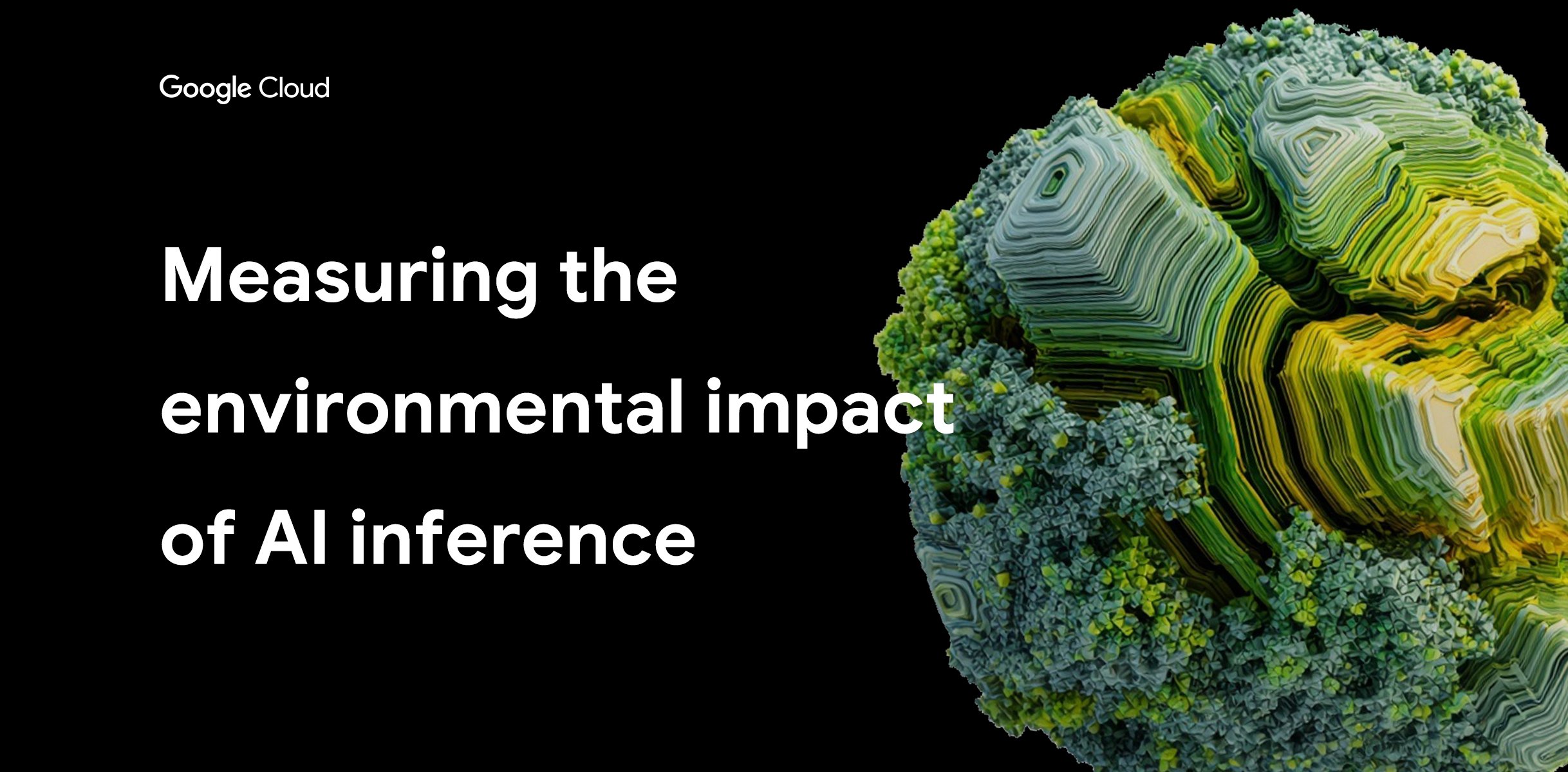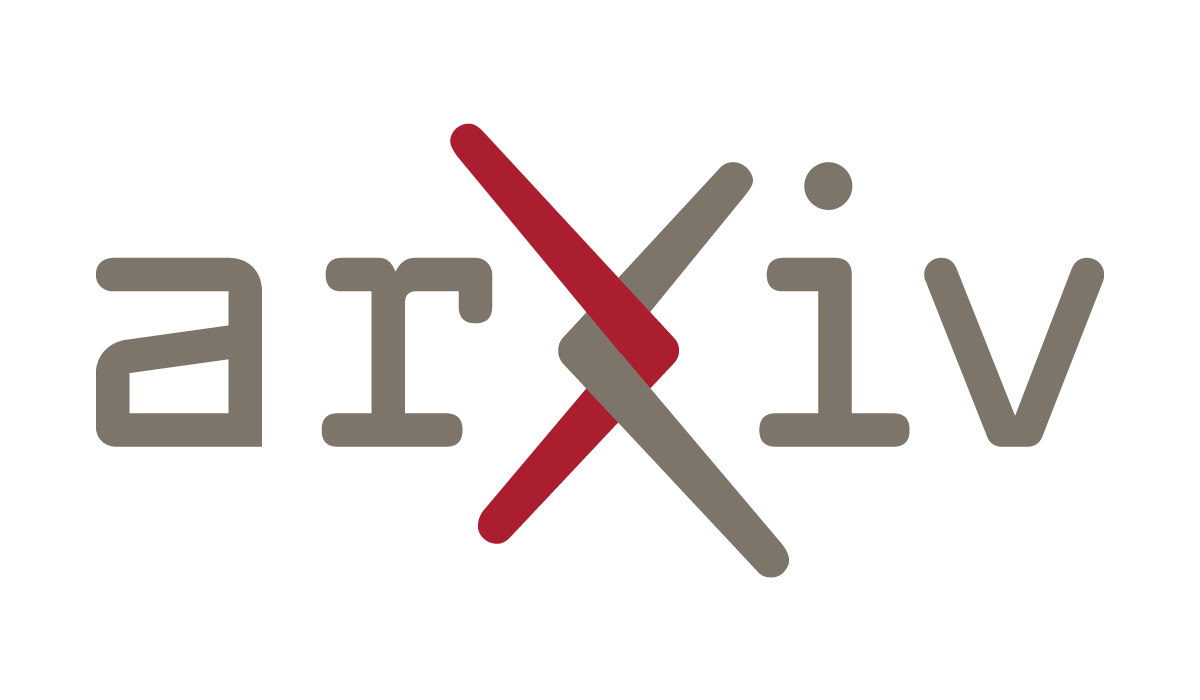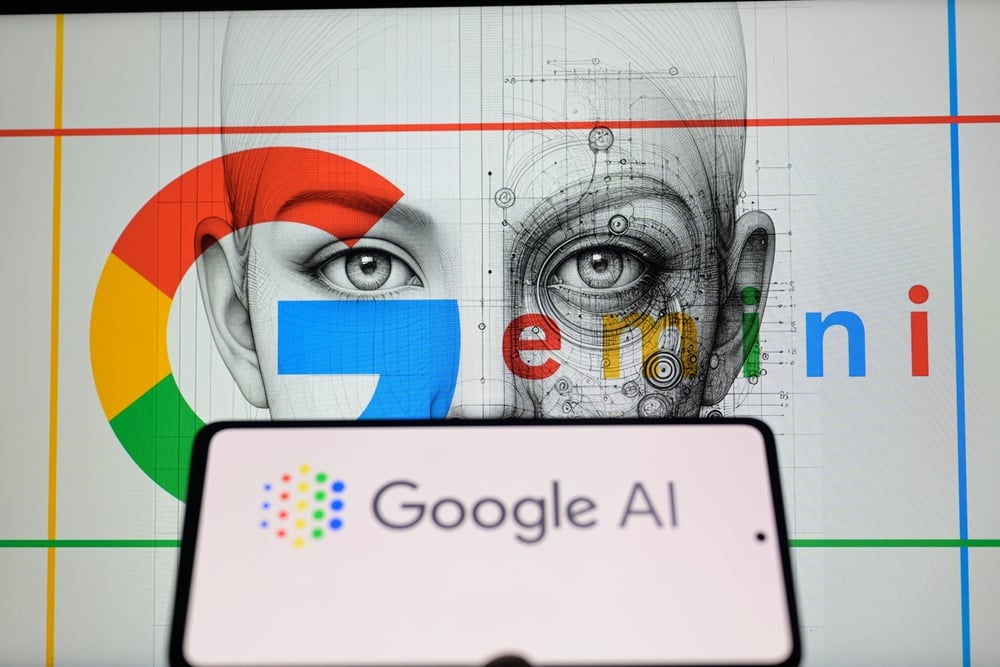Google released detailed data in August 2025 on the energy consumption, carbon emissions, and water usage of its Gemini AI system. Making this one of the most comprehensive disclosures from a tech giant like Google about AI's environmental impact. The company applied a comprehensive methodology when calculating consumption that includes energy consumption from active AI accelerators, idle machine capacity, and full data center infrastructure overhead, rather than relying solely on theoretical calculations.
Google's research found that the median Gemini Apps text prompt uses 0.24 watt-hours (Wh) of energy, equivalent to watching television for less than nine seconds. Active AI accelerators account for 58% of energy consumption (0.14 Wh), CPU and RAM contribute 25% (0.06 Wh), while idle machines and data center infrastructure (PUE) represent 10% and 8% respectively. Carbon emissions measure 0.03 grams of CO2 equivalent per prompt, with water consumption at 0.26 milliliters (approximately five drops of water). The company achieved a 97% energy reduction and a 98%emissions reduction per prompt over a 12-month period through software efficiency improvements, better machine utilisation, and clean energy procurement.
Google's initiative represents significant progress in measuring AI's environmental impact, particularly since many previous estimates showed values orders of magnitude higher. The company consumed 30.8 million megawatt-hours of electricity in its data centers during 2024, more than double the 2020 figure, yet reduced direct data center emissions by 12% through clean energy contracts and efficiency improvements. This disclosure could establish an industry standard for measuring AI environmental costs while highlighting the urgency of sustainable AI development amid growing global demand.
Sources:













